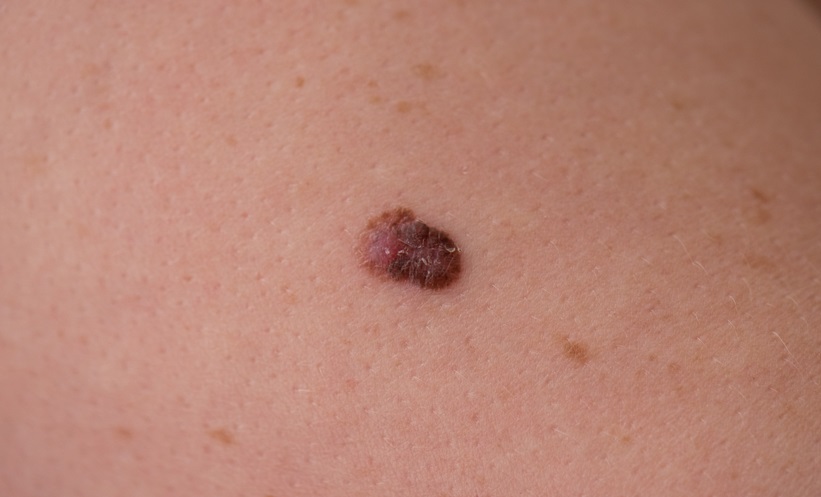NEW findings from a large cross-sectional study revealed that both Hispanic and non-Hispanic Black and sexual minority (SM) females and males had notably higher rates of skin cancer compared with their heterosexual counterparts. Individuals belonging to SM groups have been found to have differential rates of skin cancer, but limited research has examined the differences across racial and ethnic groups involving sexual identity.
The study involved 1,512,400 US adults from the Behavioral Risk Factor Surveillance System from January 2014 to December 2021. Lifetime prevalence of skin cancer by sexual orientation was age-adjusted and adjusted prevalence odds ratios (AORs) compared between sexual orientation and analyses stratified by race.
Researchers found that the prevalence of skin cancer was 4.0% among Hispanic SM males versus 1.6% in their heterosexual peers, with an adjusted odds ratio (AOR) of 3.81. Non-Hispanic Black SM males exhibited a prevalence of 1.0% compared to 0.5% in heterosexual males, corresponding to an AOR of 2.18. Conversely, the pattern was different among females. Non-Hispanic White SM females had a lower lifetime prevalence of skin cancer (7.8%) compared to heterosexual females (8.5%), with an AOR of 0.86. However, Hispanic and non-Hispanic Black SM females faced higher prevalence rates. Hispanic SM females had a prevalence of 2.1% versus 1.8% among heterosexual females (AOR, 2.46), and non-Hispanic Black SM females showed a prevalence of 1.8% compared to 0.5% among their heterosexual counterparts (AOR, 2.33).
Overall, the study illustrates that both Hispanic and non-Hispanic Black SM individuals, irrespective of gender, experience higher rates of skin cancer compared to their heterosexual peers. The study highlights the need for more detailed research to understand the social determinants contributing to these differences is crucial. Such research could pave the way for more equitable healthcare practices and ensure that vulnerable populations receive the attention and care they need to mitigate the risk of skin cancer. The researchers call for targeted public health strategies to address these disparities and improve health outcomes for SM communities across various racial and ethnic groups.
Laith Gergi, EMJ
Reference
Rypka KJ et al. Sexual orientation and lifetime prevalence of skin cancer across racial and ethnic groups. JAMA Dermatol.2024; e242097.








